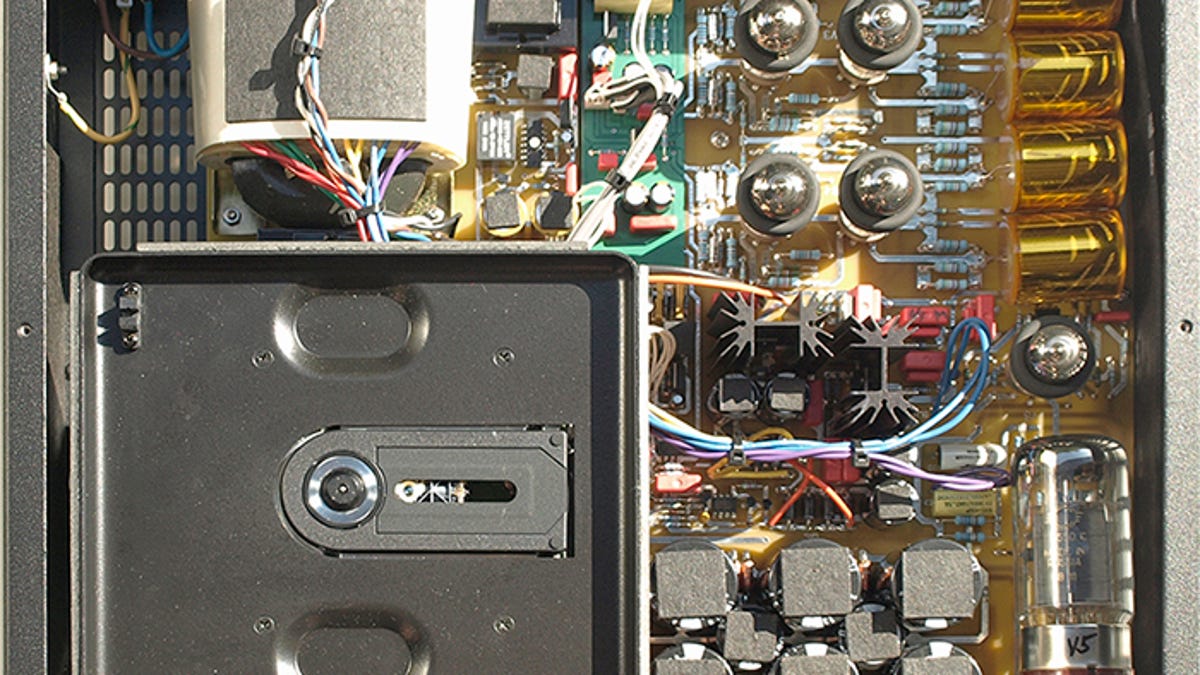Why an iPod Touch costs more than the sum of its parts
Do you really think adding up the parts cost of a $399 iPod Touch 32GB will reveal Apple's profit margin?

We've all read those blogs that "reveal" the parts cost of a fill-in-the-blank, Kindle, iPod, or Palm Pre. If you ask me, this simplistic, by-the-numbers gambit overlooks most of the costs of bringing a product to market.
First and foremost, products, all products, are priced to what the market will pay. I don't care if it's a 16-ounce bottle of Poland Spring water, Coldplay concert tickets, or a Ferrari 599 GTB Fiorano, retail prices are determined by what the market will pay. And luxury products have higher profit margins than mass market stuff. Oh really?
But the mindless rash of blogs that purport to add up the parts costs, for example $39.51 for the display, $15.96 for 8 gigabytes of flash memory, $15.41 for components, and $12.39 for the 3-megapixel camera, to calculate the cost of anything are hugely misleading. The writer merely subtracts the parts cost from the retail price and concludes the difference is the "profit."
Does the writer assume the company's factory doesn't pay rent or for electricity or heating and air conditioning? And that the factory labor force works for free?
These articles completely ignore other costs, such as research and development and engineering expenses associated with creating say, a Kindle. Manufacturers also pay significant licensing fees for technology used in their products.
Shipping costs of large products such as flat-screen TVs must be factored in before determining the final cost to the consumer.
Oh, and what about the online or brick and mortar retailer? They have their own set of expenses for rent and employees. Some of whom might need health insurance.
Then there's marketing and advertising costs. I'm guessing companies like Bose and Apple spend many millions of dollars on advertising each year. So when you buy a noise-canceling headphone or music player, some significant portion of the retail price pays for the ads.
Sorry to burst any bubbles, but the manufacturer, distributor, shipper, and retailer all have to make a profit on the product. That's the way capitalism works.
So sure, parts cost impacts the final MSRP, but there's a lot more to the price of an iPhone 3G than the bits and pieces inside the case.
Consumers want the best possible products at the lowest possible prices, but they have to at least acknowledge all of the expenses involved in bringing the product to market.

